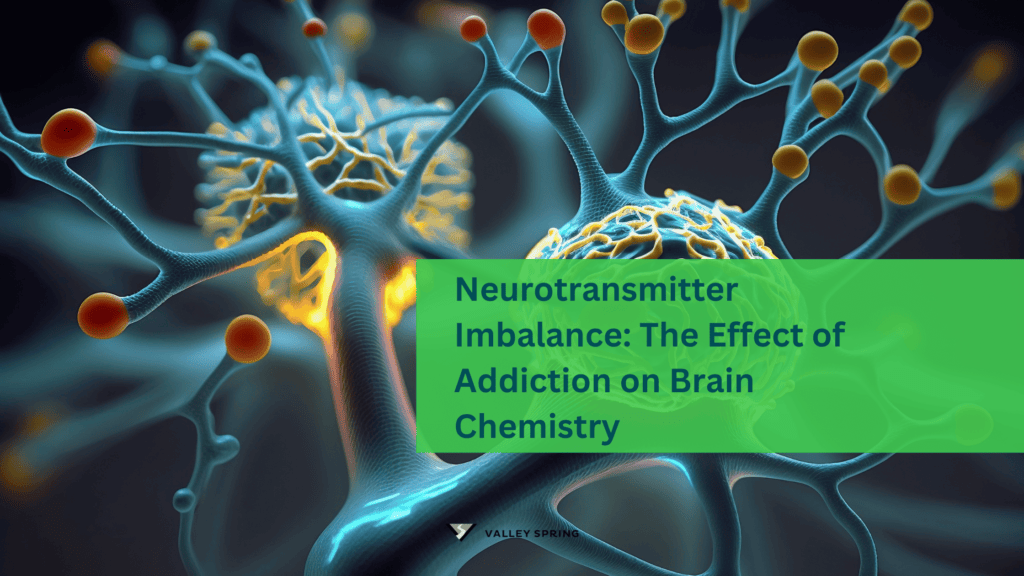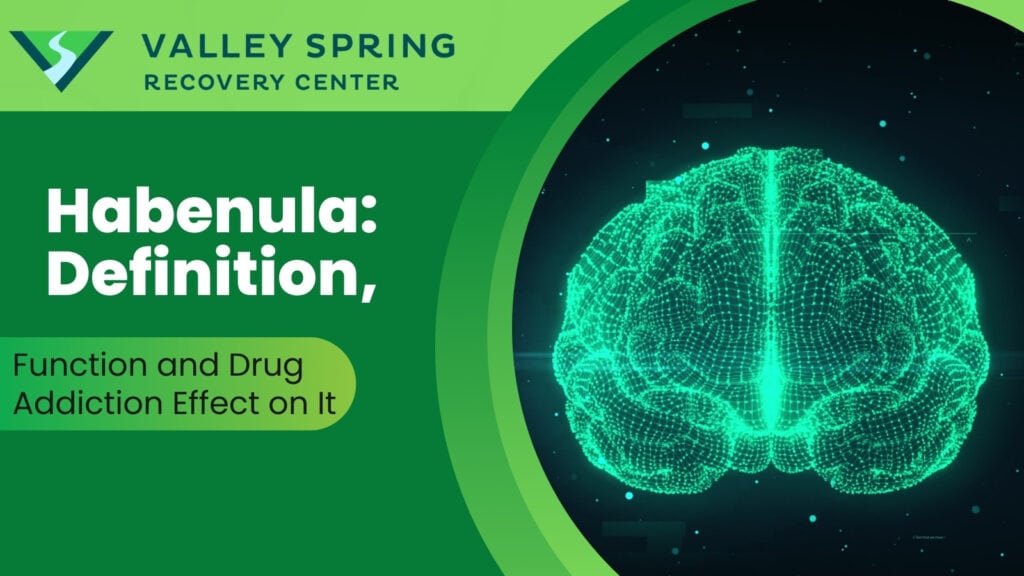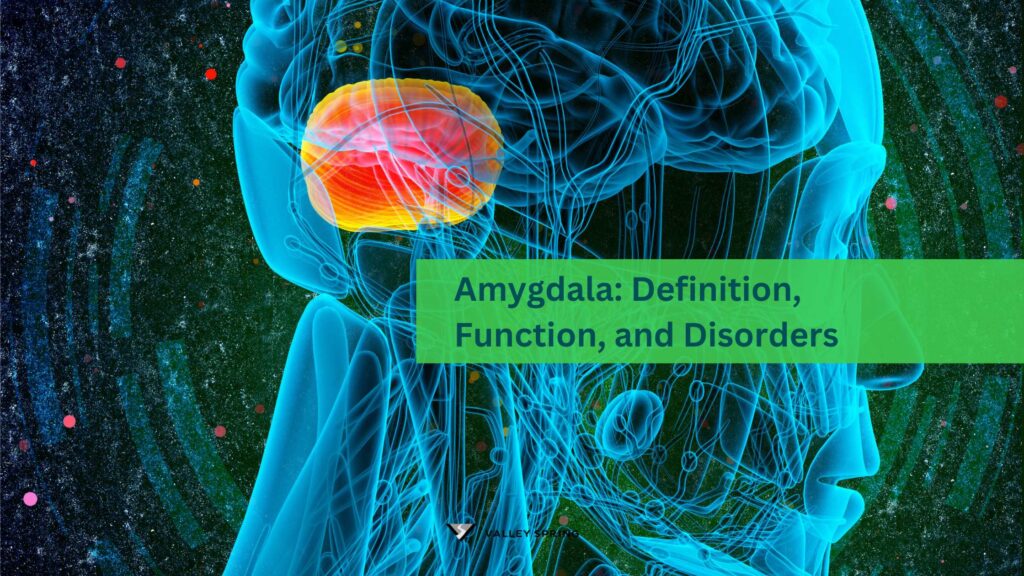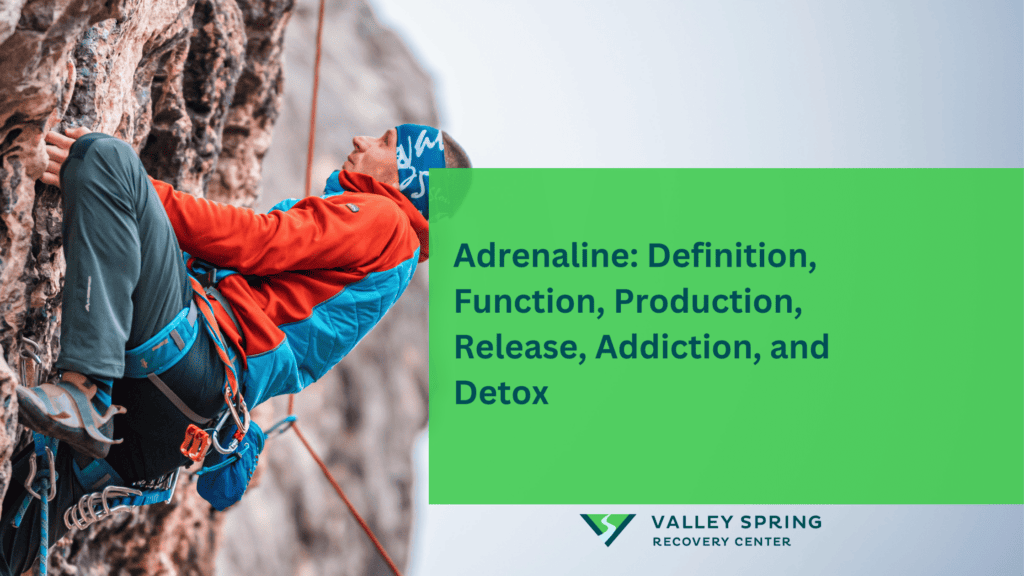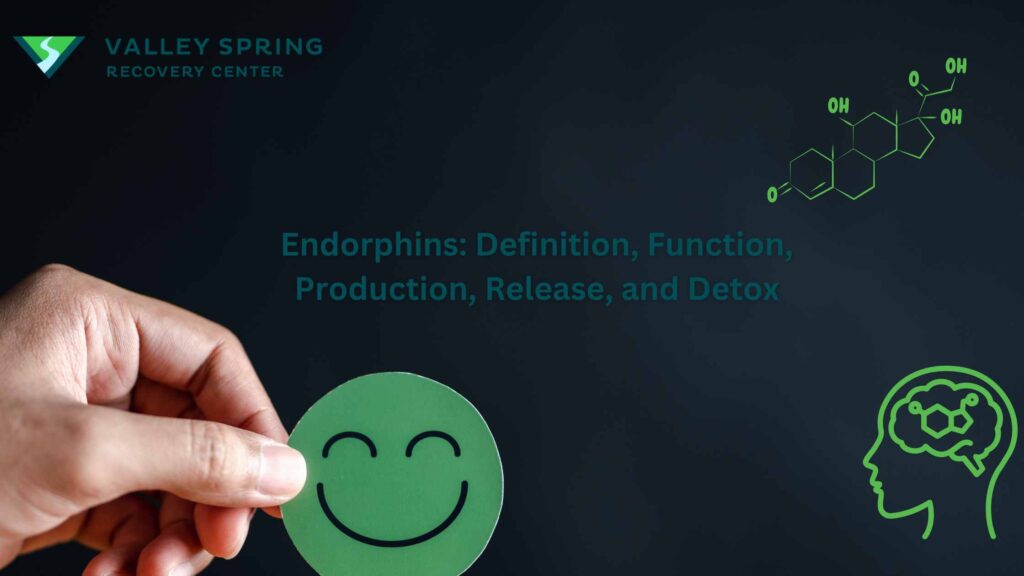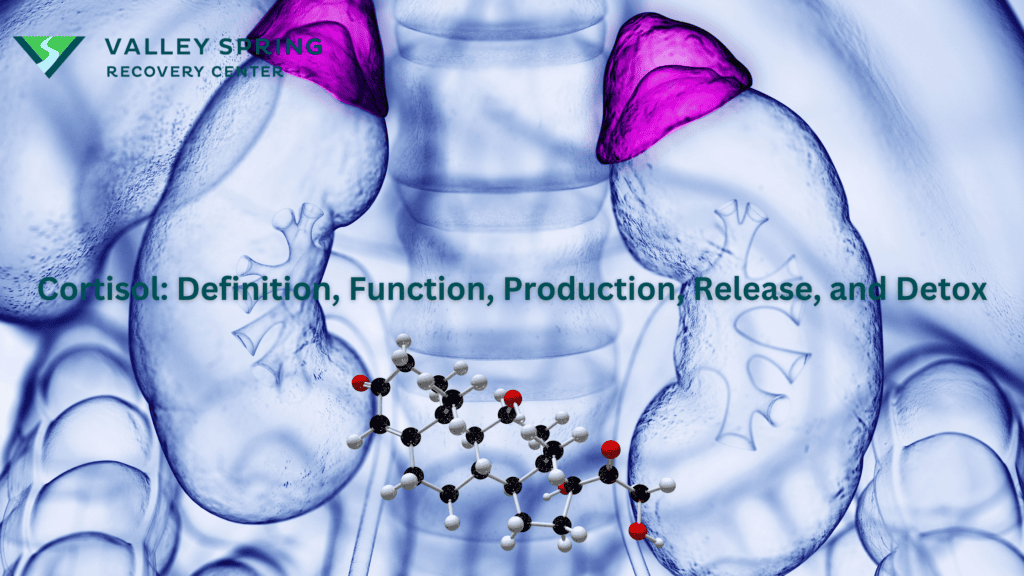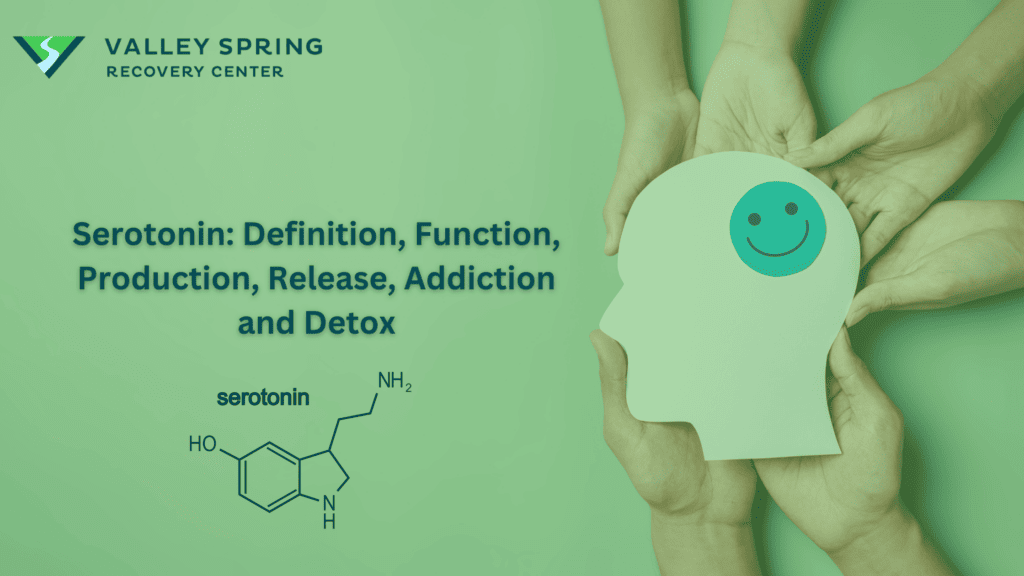Neurotransmitter imbalance, caused by factors like substance use, affects brain communication, leading to mood and behavior changes. This imbalance can deepen addiction, increasing tolerance and withdrawal symptoms, leading to anhedonia.
Treatment for neurotransmitter imbalance integrates medication, nutritional therapy, exercise, and behavioral therapies to restore balance and address addiction’s root causes, supporting recovery and mental health.
What is neurotransmitter imbalance?
Neurotransmitter imbalance refers to disruptions in the delicate balance of chemicals in the brain that regulate mood, behavior, and cognition. When there is a neurotransmitter imbalance, it simply means that there are excessive or inadequate chemical messengers in the brain.
Addiction is a chronic, relapsing disorder characterized by compulsive drug seeking and use, despite harmful consequences. Substance use and addiction usually upset the delicate balance in the brain by interfering with neurotransmitter production, release, receptor sensitivity, and neural circuitry, [Tomkins, D. M., et al 2001].
Neurotransmitters are essential chemical messengers that transmit signals between neurons in the brain. They are crucial in regulating various physiological processes, including mood, appetite, sleep, and cognition. Key neurotransmitters affected by addiction include dopamine, serotonin, adrenaline (epinephrine), norepinephrine (noradrenaline), and gamma-aminobutyric acid (GABA).
What is The Impact of Addiction on Neurotransmitter Levels?
Addictive behaviors and substances stimulate the excessive release of neurotransmitters, creating intense feelings of pleasure or euphoria. Over time, the brain adapts to this artificial stimulation by reducing its production of neurotransmitters or downregulating receptor sensitivity. This leads to tolerance, where higher doses of the substance or behavior are needed to achieve the same effect.
Additionally, addictive behavior alters the brain’s reward circuitry, reinforcing the desire to repeat the behavior despite negative consequences. Chronic substance abuse or compulsive behaviors can cause long-lasting changes in the brain’s structure and function, impairing decision-making, impulse control, and emotional regulation.
Reuptake is the process by which neurotransmitters are recycled back into the presynaptic neuron after transmitting a signal. Drugs of abuse can interfere with this process, either by blocking neurotransmitter reuptake or by causing excessive release, leading to prolonged neurotransmitter signaling and dysregulation of neural circuits
What Are The Specific neurotransmitter imbalances associated with different types of addiction?
Neurotransmitters like dopamine, serotonin, norepinephrine, GABA, glutamate, endorphins, acetylcholine, and oxytocin play crucial roles in addiction, affecting mood, behavior, and physical responses, thereby influencing the cycle of addiction and recovery efforts.
- Dopamine: It is often referred to as the “feel-good” neurotransmitter because it plays a central role in the brain’s reward system. Addictive substances such as cocaine, heroin, and methamphetamine, directly or indirectly increase dopamine levels in the brain, leading to feelings of euphoria and reinforcement of addictive behavior. Over time, repeated drug use can desensitize dopamine receptors, leading to a decrease in natural dopamine production and reduced sensitivity to pleasure, contributing to the development of tolerance and dependence.
- Serotonin: Substances that affect serotonin levels, such as MDMA (ecstasy) and certain antidepressants influence mood and emotional regulation. Chronic drug use can dysregulate serotonin pathways, leading to mood disturbances and exacerbating addictive behaviors.
- Adrenaline: Adrenaline is a hormone and neurotransmitter produced by the adrenal glands in response to stress or excitement. It plays a crucial role in the body’s fight-or-flight response. Stimulants like cocaine, methamphetamine, and caffeine trigger the adrenal glands to release large amounts of adrenaline, resulting in increased heart rate, elevated blood pressure, and heightened alertness. While this may initially produce feelings of euphoria and confidence, chronic use can lead to adrenal fatigue, where the adrenal glands become desensitized to adrenaline, causing exhaustion and reduced responsiveness to stress.
- Glutamate: Glutamate is the primary excitatory neurotransmitter in the brain and plays a crucial role in learning, memory, and synaptic plasticity, [Pal, M. M. 2021]. Drugs of abuse, including alcohol, cocaine, and opioids, can disrupt glutamate signaling, altering neural plasticity and contributing to the development of addiction. Dysregulation of glutamatergic transmission can also lead to cravings, compulsive drug-seeking behavior, and heightened sensitivity to drug-related cues.
- GABA: Gamma-aminobutyric acid (GABA) is the main inhibitory neurotransmitter in the brain and helps regulate neuronal excitability, [Jewett BE, et al, 2023]. Chronic drug use can dysregulate GABAergic transmission, leading to hyperexcitability and increased susceptibility to withdrawal symptoms. Drugs that enhance GABA activity, such as benzodiazepines and alcohol, can produce sedative and anxiolytic effects, contributing to their addictive potential.
- Glutamate: As the most abundant excitatory neurotransmitter, glutamate is essential for brain function, including learning and memory. Imbalances in glutamate have been linked to craving and relapse in addiction.
- Endorphins: These are the body’s natural painkillers, structurally similar to opioid drugs. Endorphins are released in response to pain and stress and are linked to the euphoric effects of exercise (“runner’s high”). Opioid addiction can disrupt the natural production of endorphins, making the body more reliant on external sources of pain relief.
- Acetylcholine: This neurotransmitter is involved in memory, attention, and muscle contraction. Nicotine mimics acetylcholine at certain neural receptors, leading to increased arousal and cognitive enhancement, which contributes to nicotine addiction.
- Oxytocin: Known as the “love hormone,” oxytocin is involved in social bonding, sexual reproduction, and childbirth. While not directly linked to the addictive process itself, oxytocin can influence social behaviors and stress responses that are related to substance use and recovery.
What Are The Effects of Neurotransmitter Imbalance?
Neurotransmitter imbalance due to substance use has significant effects on both the brain and the body. These include tolerance, withdrawal symptoms, anhedonia, and impairment of cognitive function and decision-making abilities.
Tolerance: One major effect of neurotransmitter imbalance is the development of tolerance. As a person becomes addicted to a substance, their brain adapts to the constant influx of drugs by reducing the sensitivity of neurotransmitter receptors. This means that over time, the individual requires increasingly larger doses of the substance to achieve the same effects. Tolerance can lead to escalating drug use, which in turn worsens the neurotransmitter imbalance and perpetuates the cycle of addiction.
Withdrawal symptoms: When a person who is addicted to a substance suddenly stops using it, their brain chemistry is thrown off balance, leading to a range of unpleasant physical and psychological symptoms. For example, individuals withdrawing from drugs like opioids may experience flu-like symptoms, anxiety, depression, and intense cravings. These symptoms can be highly distressing and can make it difficult for individuals to quit using drugs without professional help.
Anhedonia: This refers to the lack of interest, and the inability to enjoy life’s pleasures. The condition originates from the mesocortical and dopaminergic mesolimbic reward circuits. Addiction-linked anhedonia occurs when substances hijack the brain’s reward system, leading to artificially elevated dopamine levels which eventually desensitize the brain’s reward circuitry. Anhedonia is closely linked to addictive substances such as alcohol, and cocaine, [Hatzigiakoumis, D. S. et al, 2011]. It often leads to feelings of depression and hopelessness, which further fuels the cycle of addiction.
What is The Role of Neurotransmitter Imbalance in Relapse
Addiction relapse often occurs in response to various triggers, including stress, drug-associated cues, and exposure to the drug itself. Neurotransmitter imbalance contributes to relapse susceptibility in several ways:
- Stress Response: Chronic drug use dysregulates the stress response system, including the hypothalamic-pituitary-adrenal (HPA) axis. Stressful events can trigger the release of stress hormones like cortisol, which modulate neurotransmitter systems involved in addiction. Dysregulated stress responses can increase vulnerability to relapse by enhancing drug craving and impairing impulse control.
- Drug-Associated Cues: Environmental cues associated with drug use can evoke powerful cravings and precipitate relapse. These cues activate brain regions involved in reward processing and memory, leading to the release of neurotransmitters associated with drug seeking and consumption. Dopamine, in particular, plays a crucial role in encoding and retrieving drug-related memories, thereby reinforcing drug-seeking behavior in response to cues.
- Withdrawal Symptoms: Abrupt cessation of drug use results in withdrawal symptoms, which can be aversive and drive individuals to seek relief by resuming drug use. Neurotransmitter imbalances during withdrawal, such as reduced dopamine and increased glutamate activity, contribute to negative affective states and craving, making relapse more likely.
- Impaired Executive Function: Prolonged drug use can impair executive functions mediated by the prefrontal cortex, such as decision-making, impulse control, and response inhibition. Neurotransmitter imbalances, particularly involving dopamine and serotonin, disrupt prefrontal cortical function, leading to impaired self-regulation and increased susceptibility to relapse.
Which Treatment Options Exist For Restoring Neurotransmitter Balance?
Treatment options for restoring neurotransmitter balance include using medications, nutritional therapy, exercise, and behavioral therapies.
Medication-Assisted Treatment (MAT): This involves the use of medications to help restore neurotransmitter balance and manage cravings and withdrawal symptoms associated with addiction. According to a 2023 study by the National Institute on Drug Abuse (NIDA), titled Treatment and Recovery, medications such as methadone, buprenorphine, and naltrexone are commonly used in the treatment of opioid addiction. These medications work by targeting opioid receptors in the brain, reducing cravings, and blocking the euphoric effects of opioids. Similarly, medications like acamprosate and disulfiram are used in the treatment of alcohol addiction to help restore balance in neurotransmitter systems affected by chronic alcohol abuse.
Psychopharmacological Interventions: In addition to medications specifically approved for addiction treatment, certain psychiatric medications can also be beneficial in restoring neurotransmitter balance and addressing co-occurring mental health disorders commonly seen in individuals with addiction. For example, antidepressants such as selective serotonin reuptake inhibitors (SSRIs) or serotonin-norepinephrine reuptake inhibitors (SNRIs) may help restore balance in serotonin and norepinephrine levels, which can be dysregulated in individuals with addiction and co-occurring depression or anxiety disorders.
Exercise and Physical Activity: Regular exercise has been shown to have positive effects on neurotransmitter balance, particularly dopamine, serotonin, and endorphins, which are involved in reward processing and mood regulation. Exercise can help restore balance in these neurotransmitter systems, reduce cravings, improve mood, and enhance overall well-being. Incorporating physical activity into addiction treatment programs can therefore be beneficial for restoring neurotransmitter balance and supporting long-term recovery [Lin, W., & Kuo, M. 2013].
Behavioral Therapies: While not directly targeting neurotransmitter balance, behavioral therapies such as cognitive-behavioral therapy (CBT), motivational interviewing, and contingency management indirectly influence neurotransmitter function by addressing maladaptive thought patterns, behaviors, and environmental triggers associated with addiction. By promoting healthier coping mechanisms, stress management skills, and lifestyle changes, these therapies can help restore balance in neurotransmitter systems affected by addiction.
Mindfulness and Meditation: Practices like mindfulness meditation have been shown to modulate neurotransmitter activity, particularly in brain regions associated with attention, emotion regulation, and self-awareness, [Cavicchioli M, et al, 2018]. By reducing stress and enhancing emotional regulation, mindfulness-based interventions can indirectly support neurotransmitter balance and improve overall psychological well-being in individuals recovering from addiction.
How long does it take to rebalance neurotransmitters during addiction treatment?
The timeframe for rebalancing neurotransmitters varies depending on factors such as the individual’s unique neurochemistry, the severity of addiction, adherence to treatment, and the chosen interventions. While some improvements may be noticed relatively quickly, achieving long-term balance often requires ongoing treatment and lifestyle changes.
Are there risks or side effects associated with medications used to treat neurotransmitter imbalance in addiction?
Just like any medications, pharmaceuticals used to treat neurotransmitter imbalance in addiction may have potential side effects. These can range from mild (e.g., nausea, dizziness) to more severe (e.g., changes in mood or behavior). Individuals need to work closely with healthcare providers to monitor for adverse effects and adjust treatment as needed.
How can family and friends support someone undergoing neurotransmitter imbalance treatment for addiction?
Family and friends can provide valuable support by offering encouragement, understanding, and involvement in the individual’s treatment journey. This may include attending therapy sessions, participating in family therapy, educating themselves about addiction, and fostering a supportive and substance-free environment.
How Do Neurotransmitter Chemicals Interact with the Brain to Influence Addiction?
The interaction of these chemicals with the brain’s reward system is a key driver of addiction. When a person consumes an addictive substance, it leads to an exaggerated release of dopamine, creating a euphoric feeling or “high.” This experience is so pleasurable that the brain begins to associate the substance with positive reinforcement, compelling the individual to repeat the behavior.
Over time, the brain adjusts to the excess dopamine caused by the drug, diminishing its sensitivity and making it hard to derive pleasure from other sources. This leads to increased substance use to achieve the same dopamine high, a hallmark of addiction.
How do common addictions affect neurotransmitter levels?
The most common addictions, such as those to nicotine, alcohol, opioids, and certain behaviors like gambling, can significantly alter neurotransmitter levels. Initially, these substances or behaviors boost neurotransmitter activity, causing intense pleasure. However, repeated exposure reduces the brain’s natural ability to produce these neurotransmitters, leading to dependency on the addictive substance or behavior to feel normal.
Dr. Michael Olla
All author postsShare This Post

